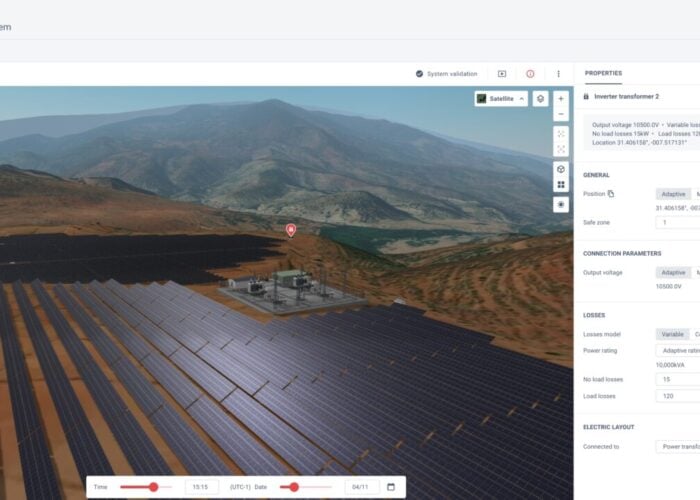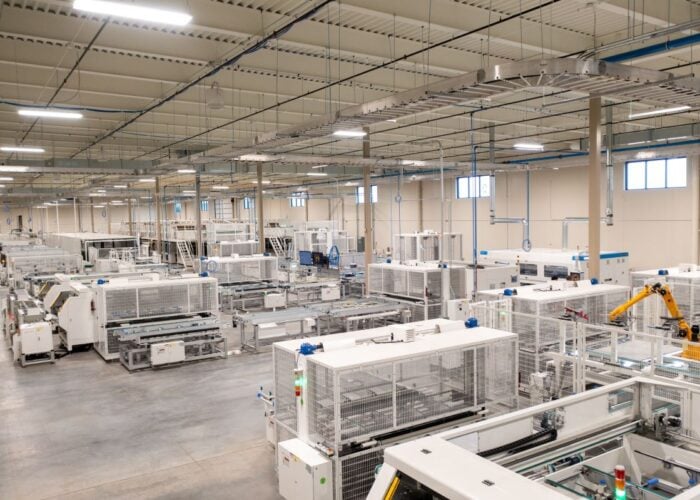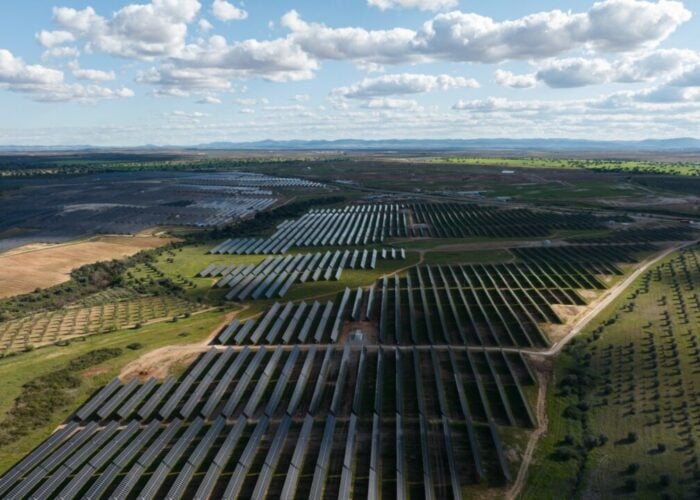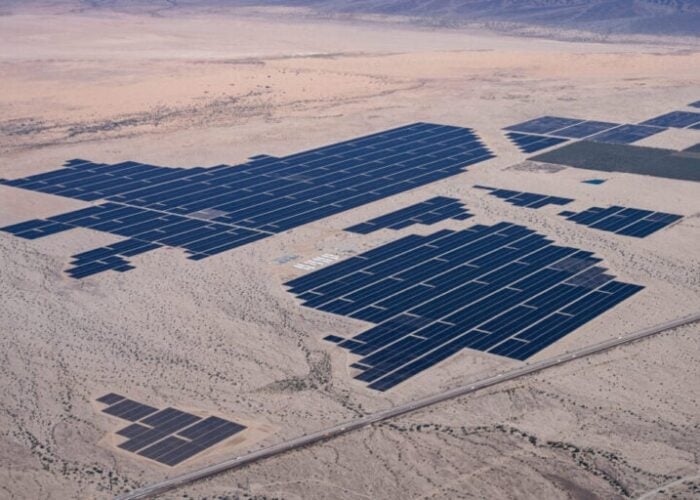Polysilicon spot prices have fallen considerably over the last year as new capacity was introduced and weak demand in the first half of the year reduced demand, especially from Tier 2 and Tier 3 PV module manufacturers. There was a period of real concern from higher-cost producers as poly spot prices fell to the US$50/kg range, with fear that they would fall further if demand didn’t pick up in Q2.
However, PV market demand did pick up late in the last quarter, and depending on which pricing data you rely on, poly spot prices have settled in recent weeks at between US$50/kg to US$53/kg.
Unlock unlimited access for 12 whole months of distinctive global analysis
Photovoltaics International is now included.
- Regular insight and analysis of the industry’s biggest developments
- In-depth interviews with the industry’s leading figures
- Unlimited digital access to the PV Tech Power journal catalogue
- Unlimited digital access to the Photovoltaics International journal catalogue
- Access to more than 1,000 technical papers
- Discounts on Solar Media’s portfolio of events, in-person and virtual
As a reference point, Energy Trend noted last week that the polysilicon price had remained the same for over a week, while the main trading price had been between US$51/kg and US$54/kg. However, the trading price in China had been slightly higher than in other areas, ranging from US$55/kg to US$58/kg.
Recent reports highlight ‘stable’ pricing for poly, which is a logical conclusion, especially since second-half PV market demand has trended upwards in recent years because of expected FiT cuts starting at the beginning of each, particularly dictated by FiT cuts in Germany.
Not so this year, according to JinkoSolar management during the latest conference call to discuss the company's 2Q financial results.
Having posted remarkable stability in gross margins in 2Q compared to many of its peers, some of which cited margin collapse as module prices fell faster than poly and wafer prices, JinkoSolar noted that its poly purchasing policy proved to be the real key in margin stability since it purchases over 80% of poly needs on the spot market.
In a period of falling prices and growing supply, JinkoSolar took full advantage.
However, Arturo Herrero, chief marketing officer at JinkoSolar, said that module price negotiations with its rapidly expanding customer numbers would continue to lead to lower prices for the rest of the year. Prices are expected to be in the range of US$1.20-US$1.30/W in Q3 and by December negotiating times (prices accounting for FiT cuts starting in 2012), the module prices would be in the range of US$1.15-US$1.25 “max,” he noted.
CFO Longgen Zhang was at pains to point out that should module prices actually be in that range, then it was impossible for poly spot prices not to continue to decline in tandem.
“How low can they go?” was the question raised by several analysts on the conference call.
Zhang highlighted that poly capacity, notably in China, continued to increase, especially at major producers such as GCL, but also at OCI in Korea, amongst others. Such are the capacity increases that an oversupply scenario may be looming.
However, Zhang’s assumptions for further price declines this year were not necessarily tied to overcapacity issues as this would be a 2012 effect.
Simply put, the lower assumed module prices will lead to poly spot prices falling and guided prices of between US$40-US$50/kg in Q3 and as low as US$35/kg in Q4.
“We think that if the module prices continue to go down, then the poly prices will also continue to go down. Based on module price negotiations – currently – then we would expect poly prices as low as US$35/kg.” Zhang said there was “no reason for poly prices not to decline,” and also said later in the call that “poly prices, definitely will go down.”
Looking at the 2012 pricing trends may prove more difficult, but the CFO noted that if companies such as GCL were claiming poly costs of US$20/kg, then poly pricing adjustments still had a way to go.
For the next few quarters, JinkoSolar may be “enjoying” the way poly pricing unfolds. But the company ultimately didn't answer the question, how low can prices go?







